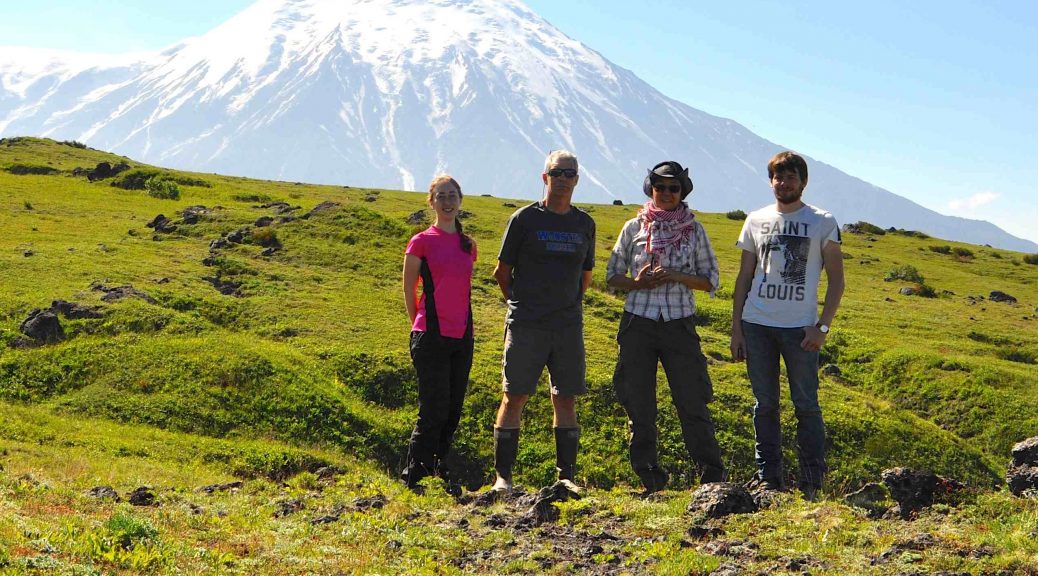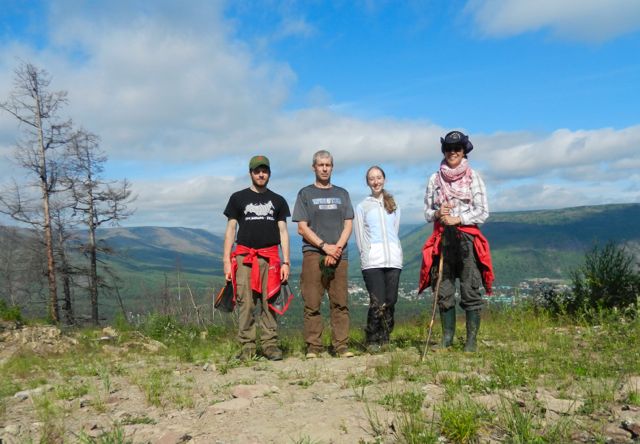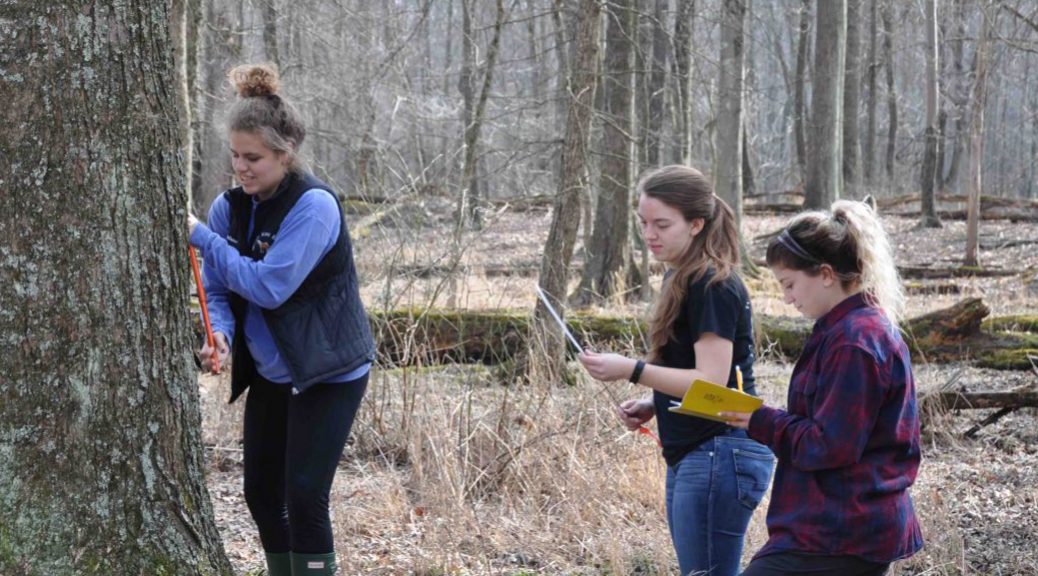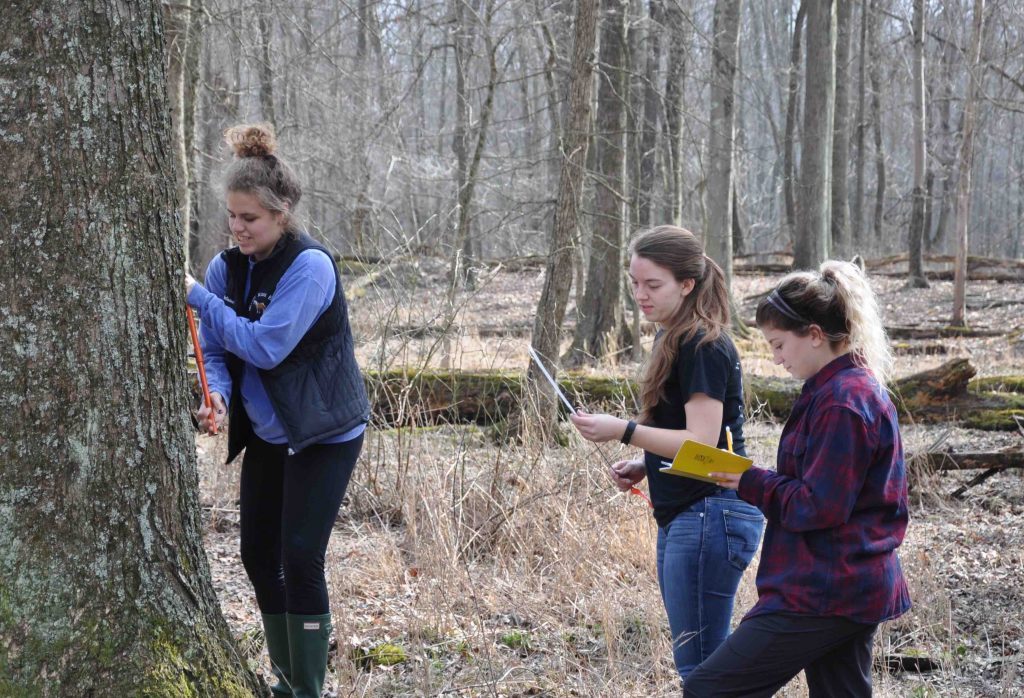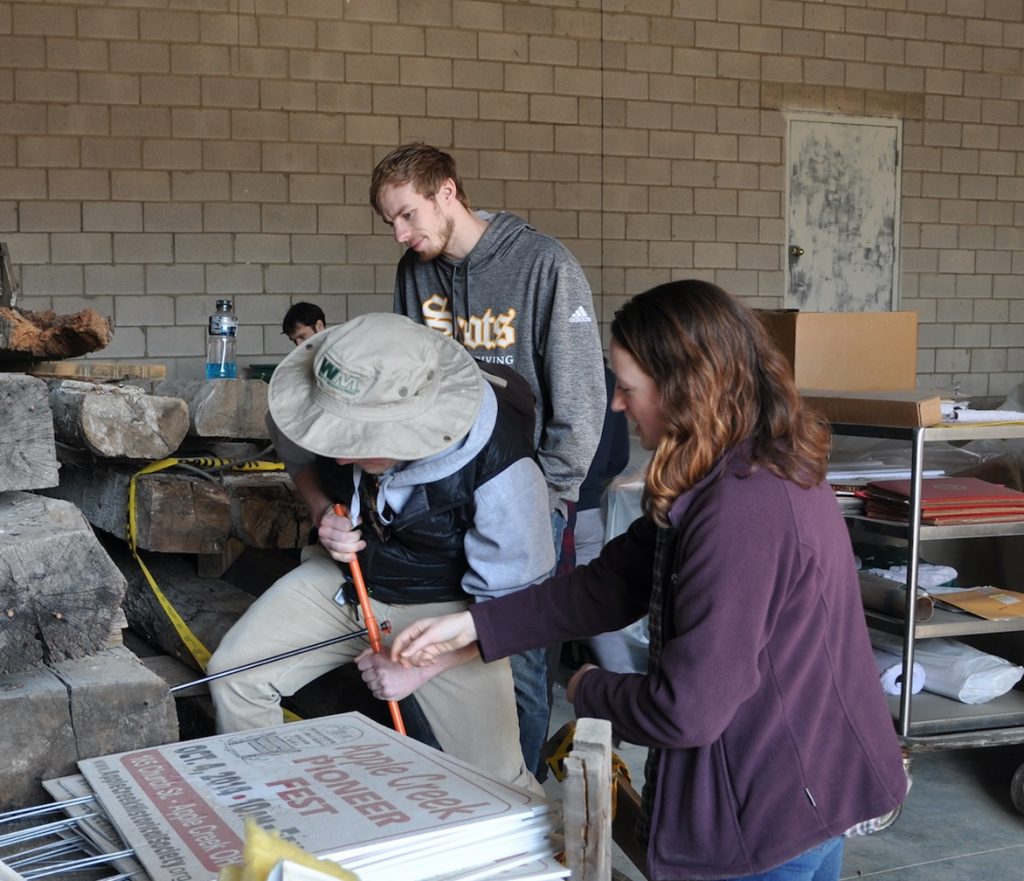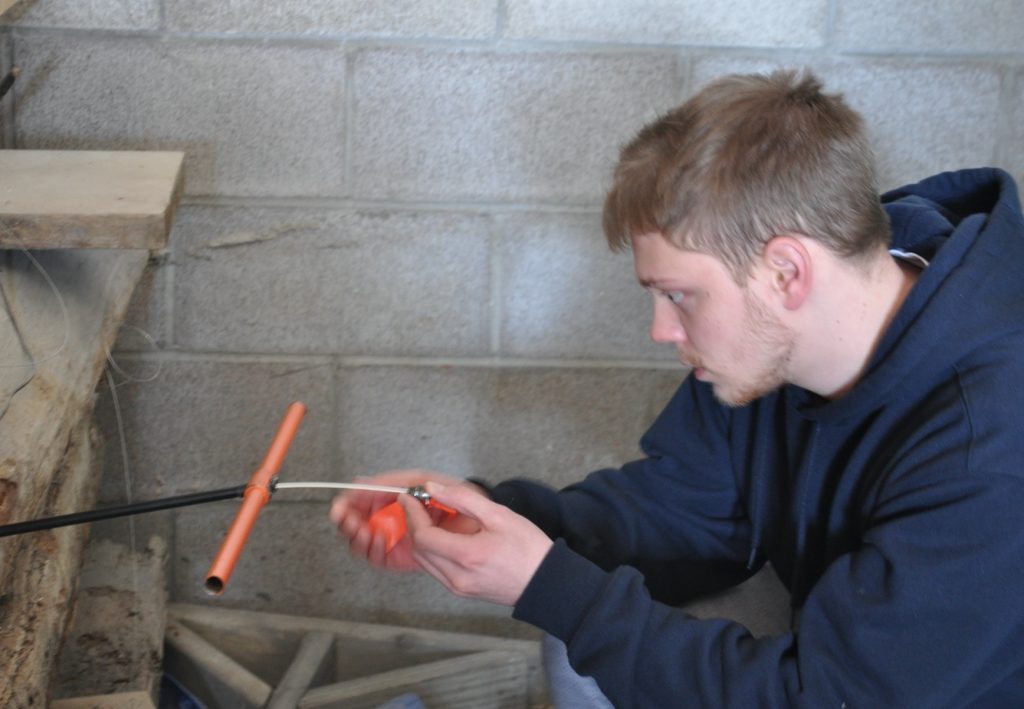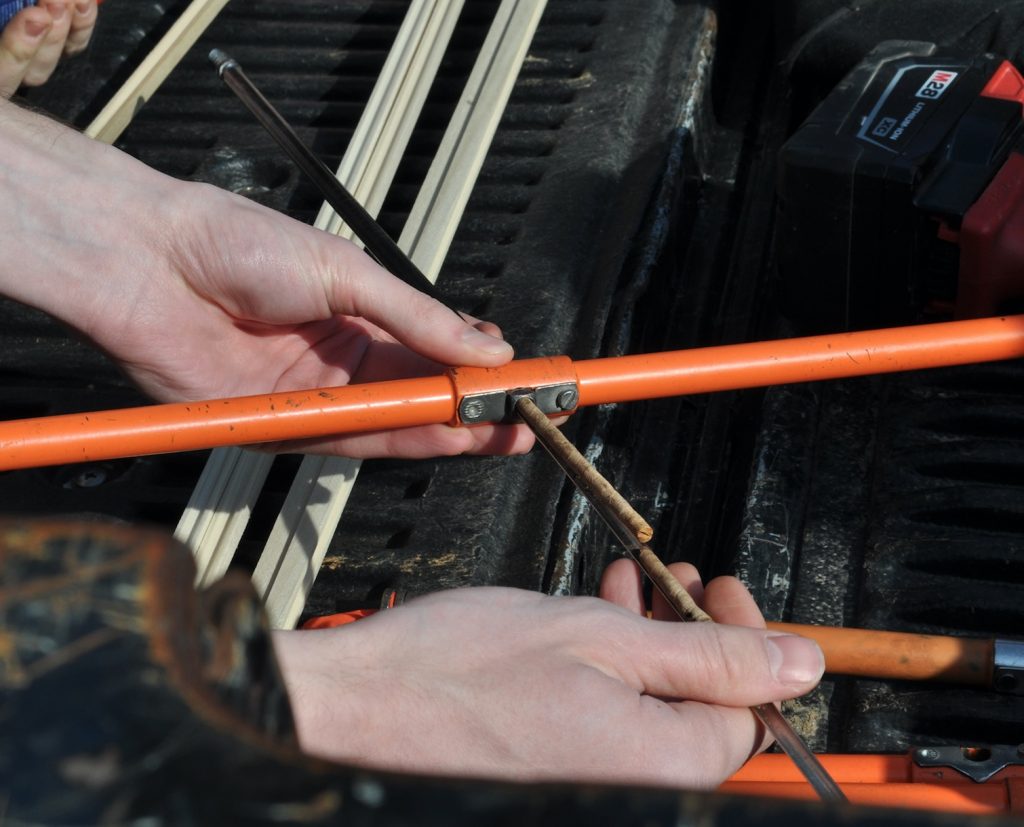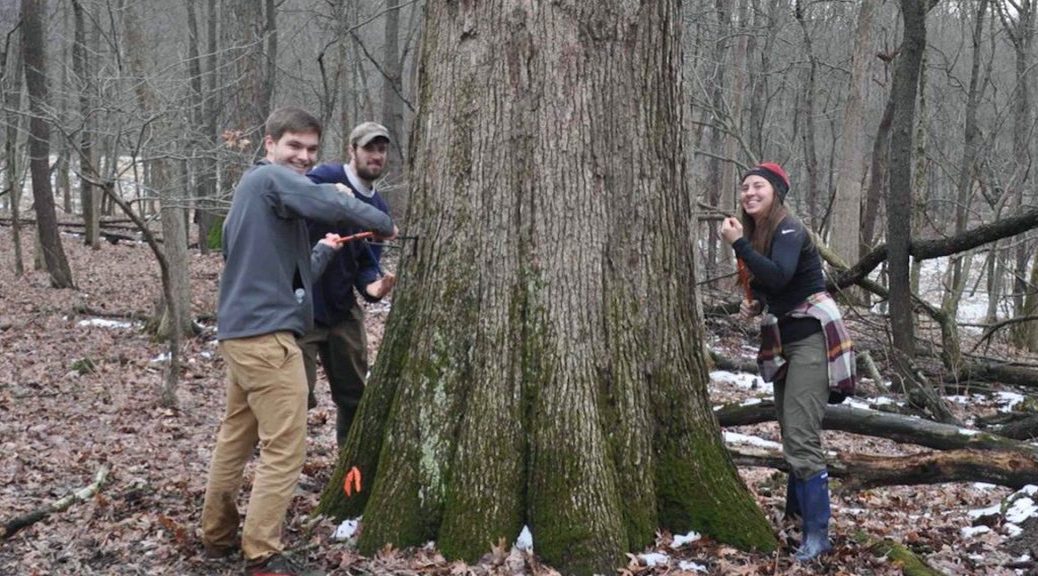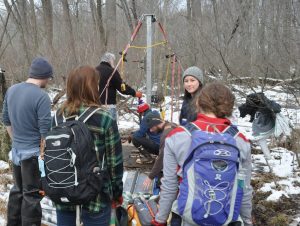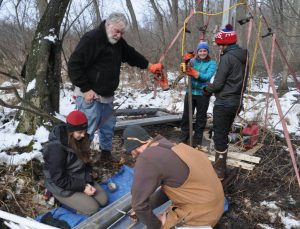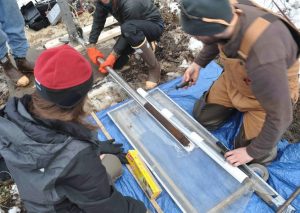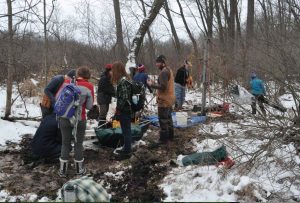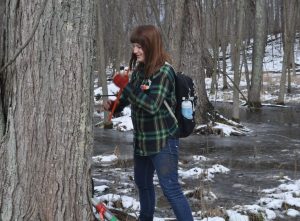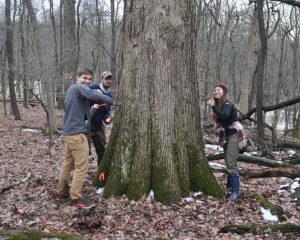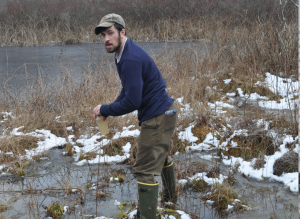Two alumni of the Wooster Tree Ring Lab and Wooster Geology, Clara Deck (’17, now at the University of Maine studying ice sheets) and Sarah Frederick (’15, now at The University of Arizona studying drought and streamflow) together with Greg and Nick, and colleagues in the US and Russia published a new study on tree growth and climate in Kamchatka, Fareast Russia. This is part of a special edition of the Journal Forests. The group has donated the data in to the International Tree Ring Databank.
Photo below shows some of the coauthors at the base of Tobalchik Volcano on the Kamchatka Peninsula.